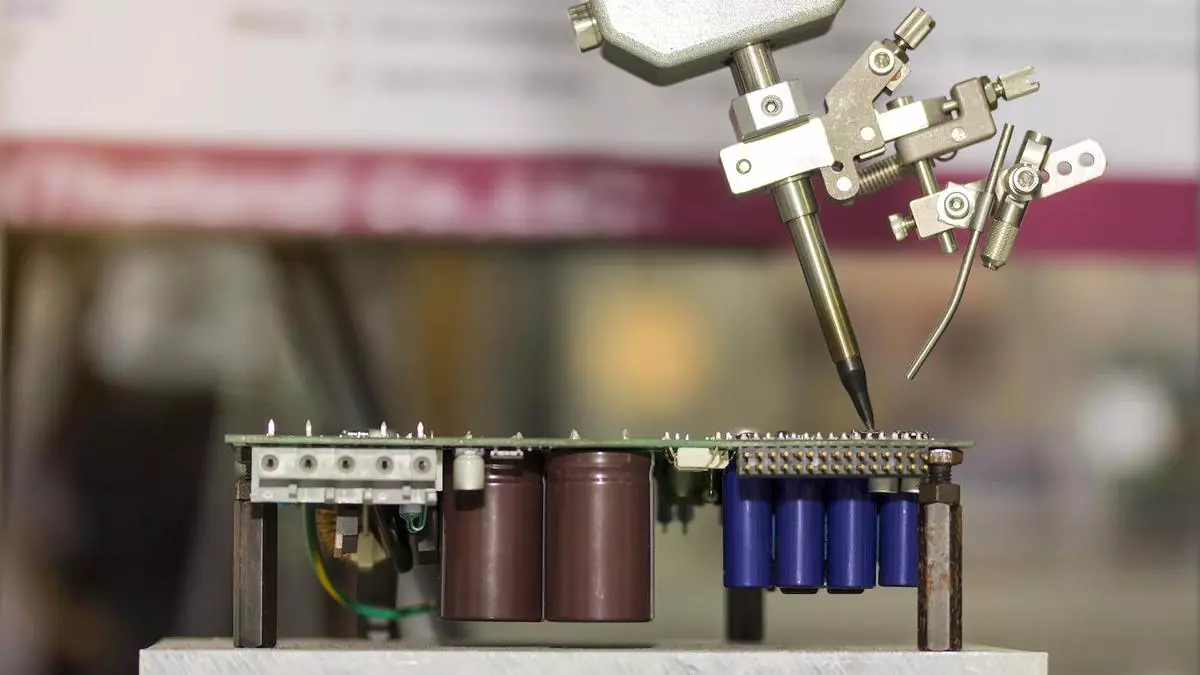A new method of introducing controlled defects in MOF-based supercapacitors through laser irradiation, can help enhance performance of existing energy storage technologies.
In recent years, several methods have been investigated for creating defects, such as thermal annealing, chemical exposure, high-energy ball milling, e-beam and chemical vapour deposition. However, the extent of defects could not be controlled in the materials using these methods. Traditional methods lack the precision needed for fine-tuning of defects.
In order to enhance the activity of the pristine MOF (Metal Organic Framework) without transforming it into other materials or creating a composite out of it, scientists at the Institute of Nano Science and Technology (INST), Mohali, carefully adjusted laser power to systematically regulate defects and porosity resulting in a significant increase in the electrode’s surface area and activity, says a press release.
By precise tuning of the laser powers, Prof Vivek Bagchi and his team controlled the defects and porosity in pristine CuZn-BTC MOF without changing its crystal structure.
The novelty of this technique is that the crystallinity of the MOF material is mostly preserved; however, the laser irradiation enhances the activity of the material.
